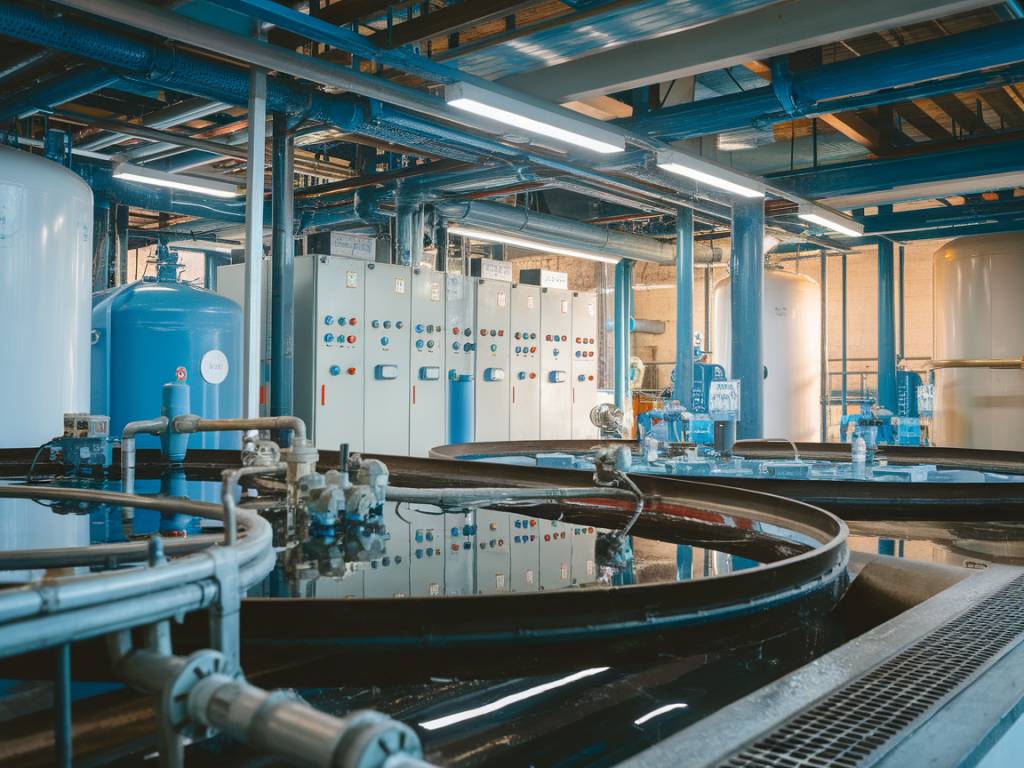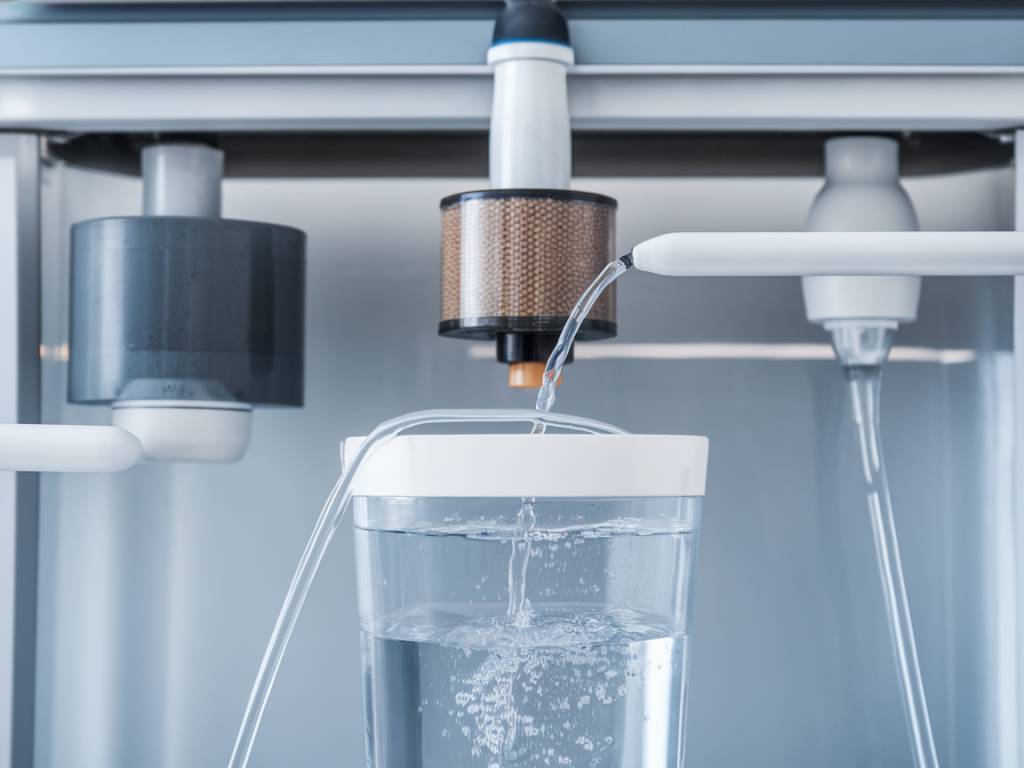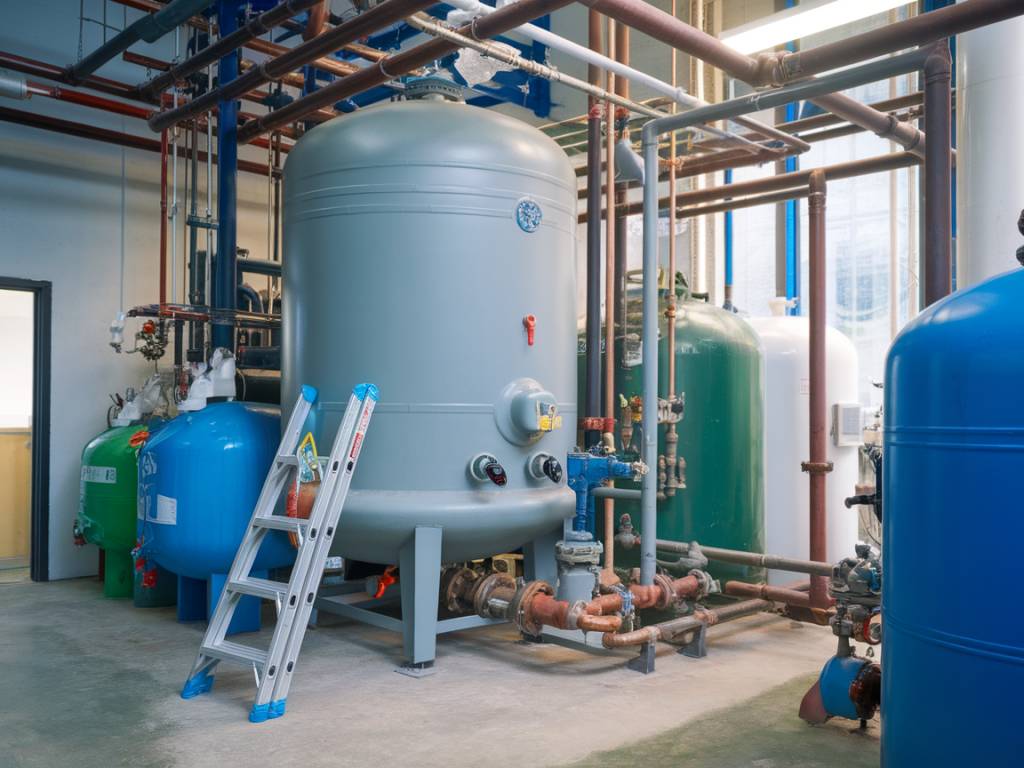The Dance of Droplets: Understanding Modern Water Treatment Technologies
In the harmonious symphony of nature, water is both a nurturing life force and a silent witness to the passing of time. Yet, as our world becomes increasingly industrialized, the quest to keep this vital element pure and safe grows ever more complex. To meet this challenge, innovative water treatment technologies emerge like stars in the night sky, guiding us toward sustainable purity.
Metamorphosis in Motion: Reverse Osmosis
Imagine a humble oyster tasked with filtering the vast ocean, transforming saltwater into the vital elixir of freshwater. In human hands, this process takes the form of reverse osmosis (RO), one of the most widespread and effective water treatment technologies today.
At its core, RO embraces the wisdom of nature. It employs a semi-permeable membrane to separate contaminants from water, akin to sorting grains of sand from dazzling gems. While highly effective at removing impurities such as salts and heavy metals, the technology requires significant energy investment and keen maintenance to ensure its efficiency.
The Dance of Electrified Particles: Electrocoagulation
As lightning dances across a stormy sky, unleashing its power to purify the air, electrocoagulation (EC) applies a similar principle to water. This process treats water by introducing electrical currents that encourage particles to group together before being removed, much like a school of fish evading a predator.
EC is exceptionally effective in treating industrial wastewater laden with contaminants such as heavy metals, dyes, and oils. It’s a compelling reminder of how harnessing the power of electricity can bring clarity, yet its application requires careful consideration of electrical and chemical costs.
Nature’s Alchemist: Biological Treatment
In the quiet shallows of a woodland stream, microbial life works tirelessly, processing nutrients and purifying water—a natural symbiosis. In the realm of water treatment, biological treatment harnesses these natural alchemists, employing bacteria and other microorganisms to break down organic pollutants.
Several techniques fall under this umbrella, including activated sludge systems and biofilm reactors. While these methods thrive on the wonders of biological engineering, they demand careful control of environmental conditions to sustain microbial populations—like tenders of a verdant garden nurturing each plant.
The Guardian Shields: UV and Ozone Treatment
Just as the sun’s rays act as nature’s purifier, ultraviolet (UV) treatment utilizes light to neutralize harmful microorganisms without leaving a chemical trace. This process is akin to a silent guardian, unseen yet tirelessly working to protect.
Ozone treatment, conversely, is a vigorous warrior, employing reactive oxygen molecules to obliterate contaminants. While powerful, both technologies serve best as complementary solutions, protecting where traditional methods fall short and adding layers of safety.
Efficiency and Evolution: Nanofiltration
In the world of scientific wonders, nanofiltration (NF) stands as a testament to human ingenuity, delicately balancing efficiency and environmental impact. Similar to reverse osmosis but less energy-intensive, NF selectively removes smaller particles and organic compounds.
By targeting specific contaminants while allowing essential minerals to pass, NF underscores the nuanced dance between purity and vitality—offering a refined touch to water treatment that complements more robust technologies.
Reflections and Ripples
The journey of water from its natural state to a purified form reflects the delicate balance between human innovation and environmental stewardship. In these sophisticated treatments, we see both the complexity of our challenges and the elegance of our solutions.
As we continue to innovate and adapt, let us not forget the lessons whispered by rivers and oceans—that purity is not merely an end but a continuum, a dance between the elements and our aspirations.
In the realm of water treatment technologies, we are both explorers and guardians, charting a path toward sustainable clarity, inspired by the ever-changing tides.



